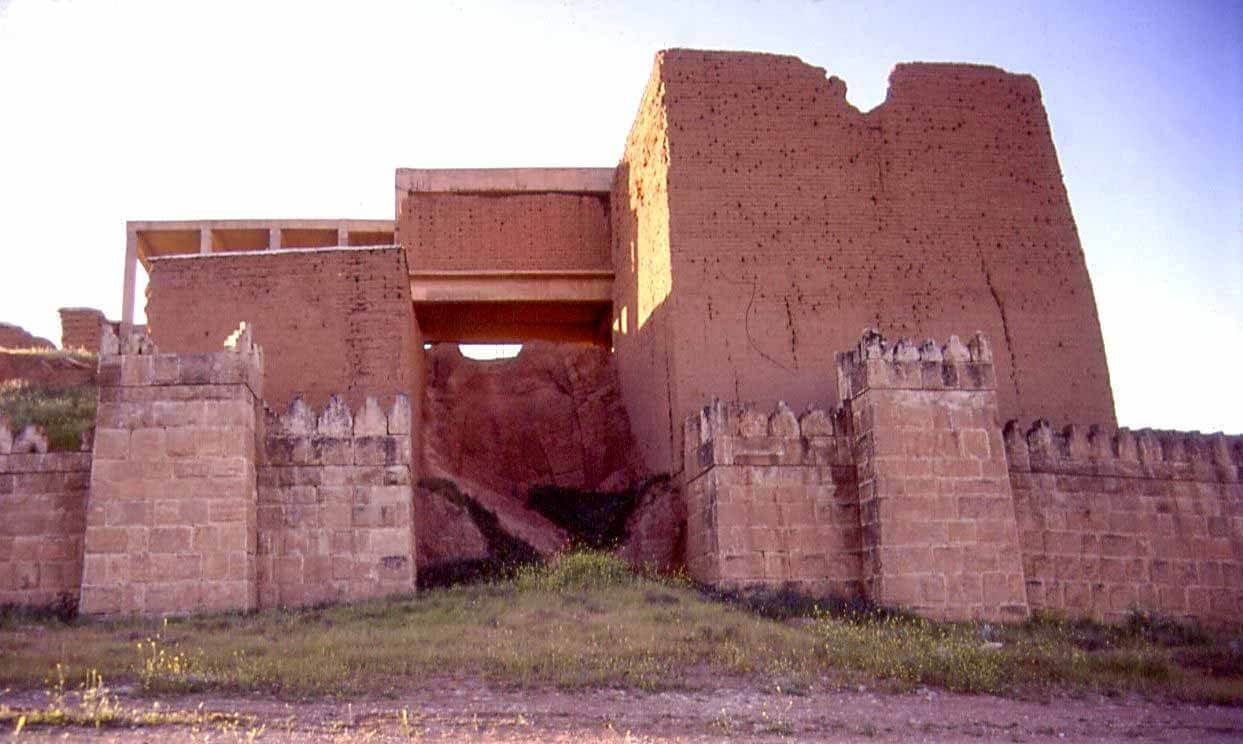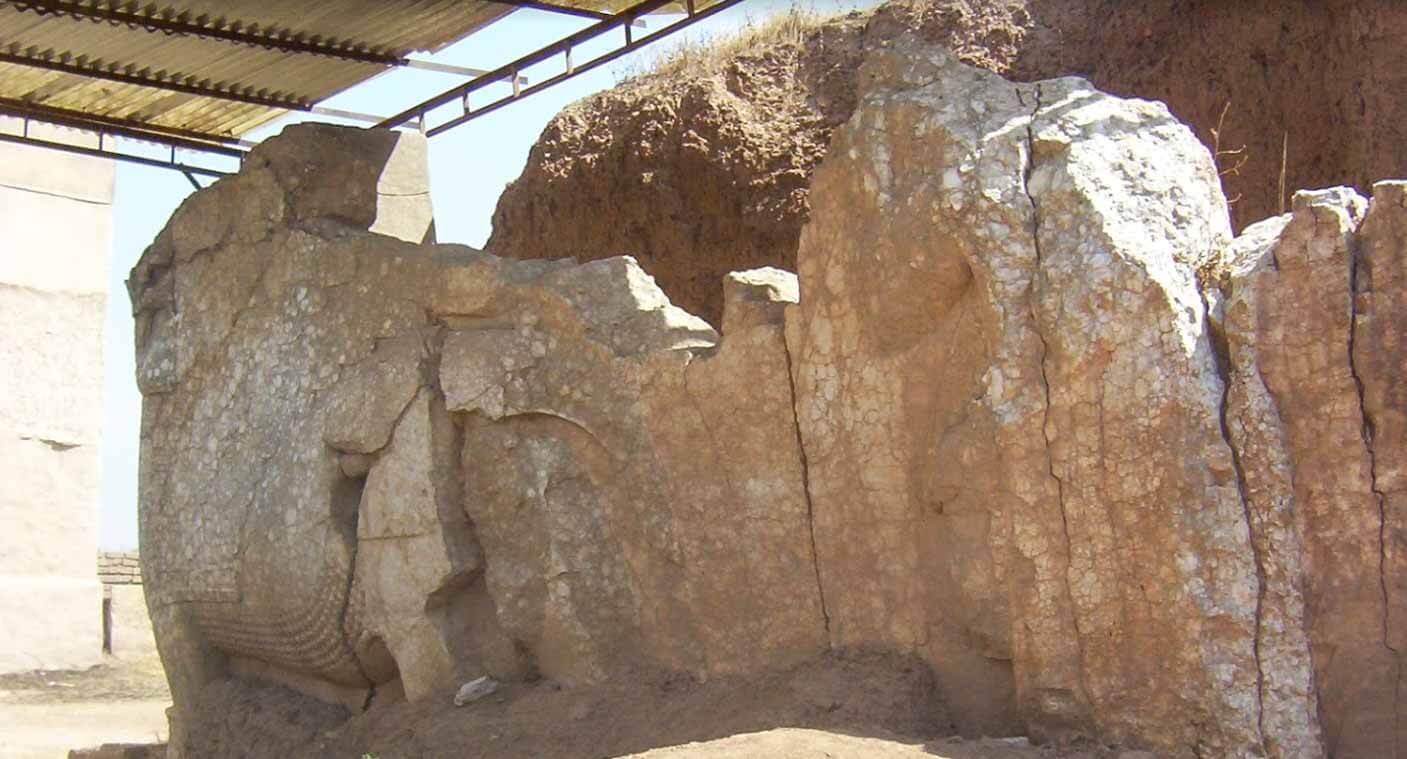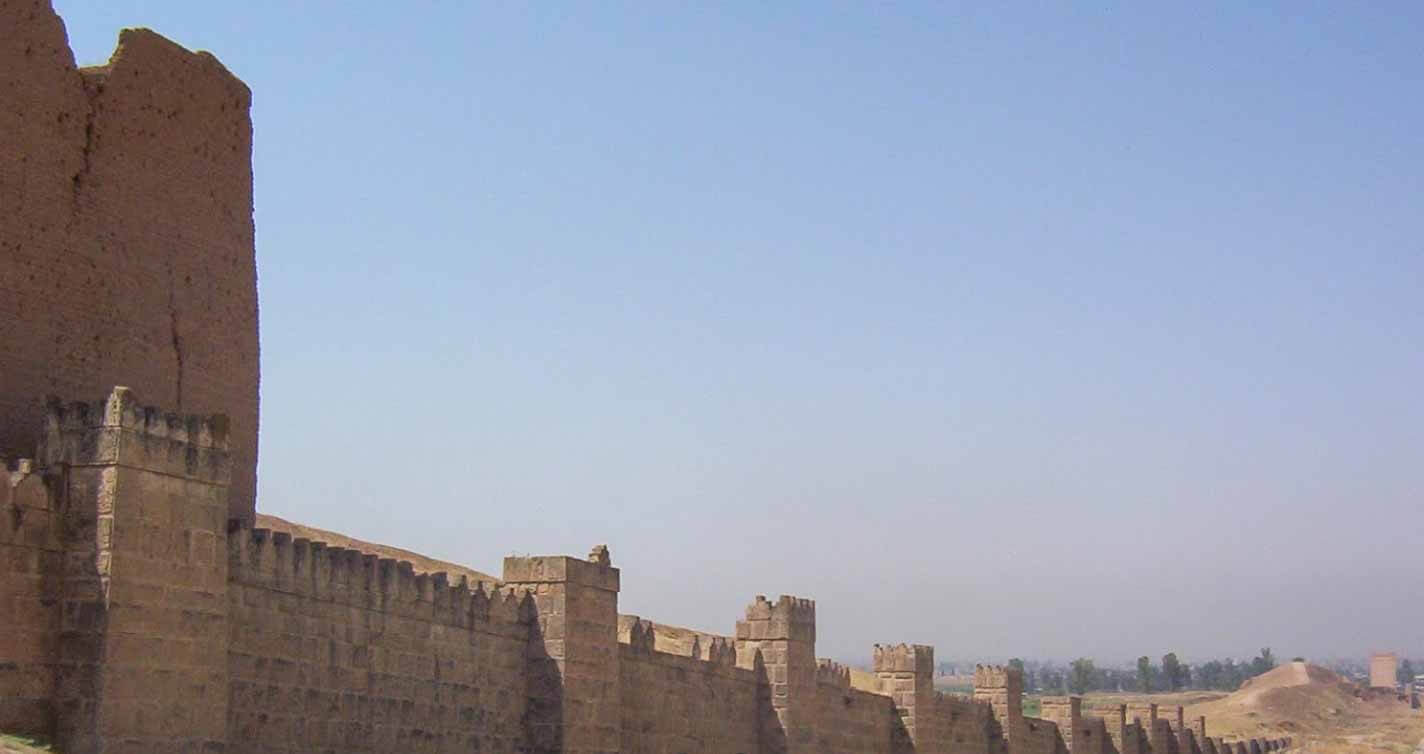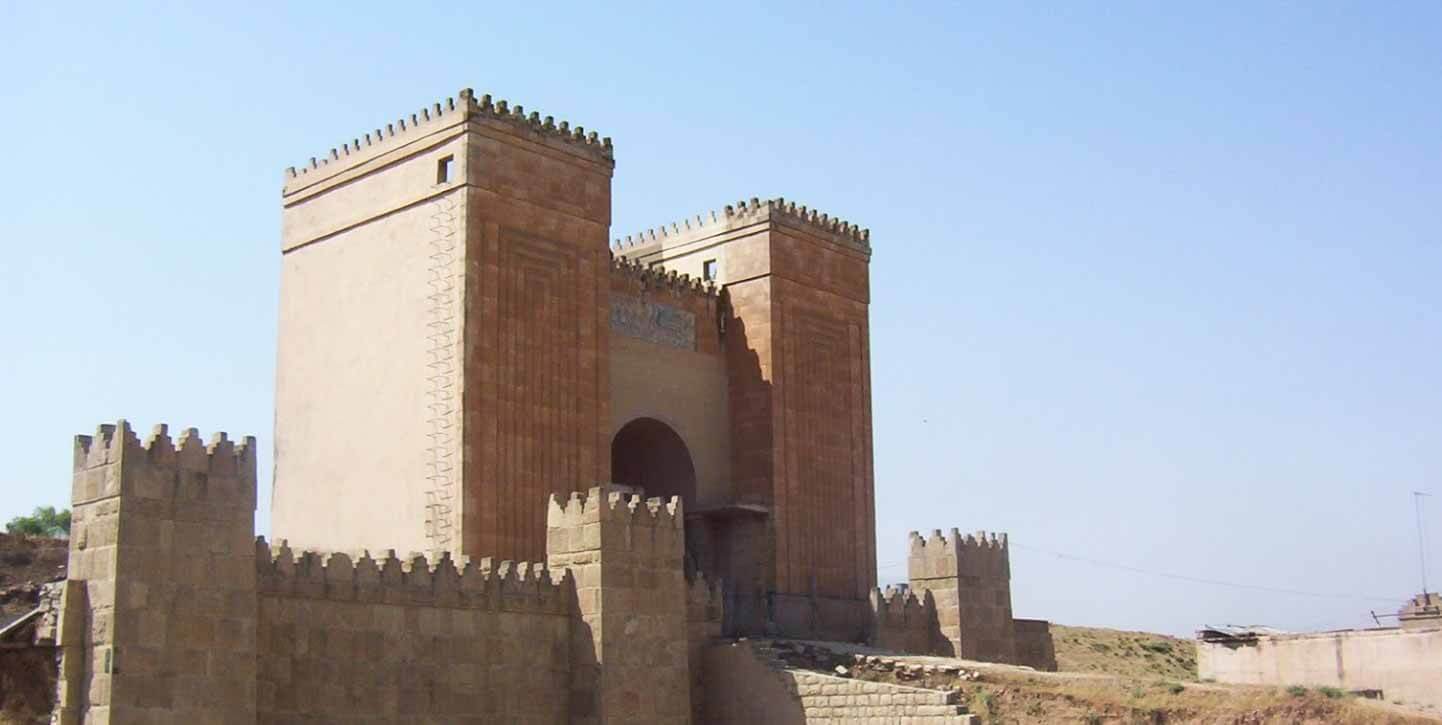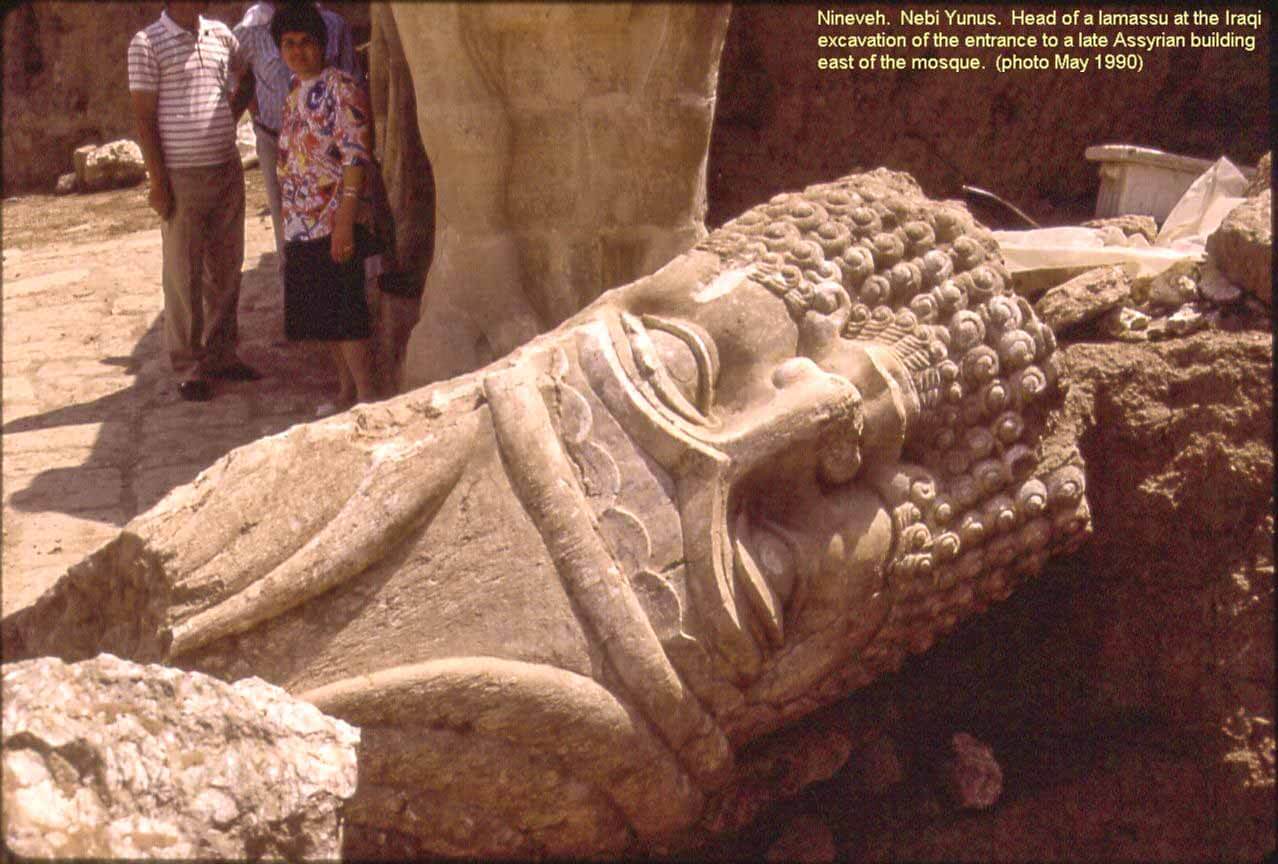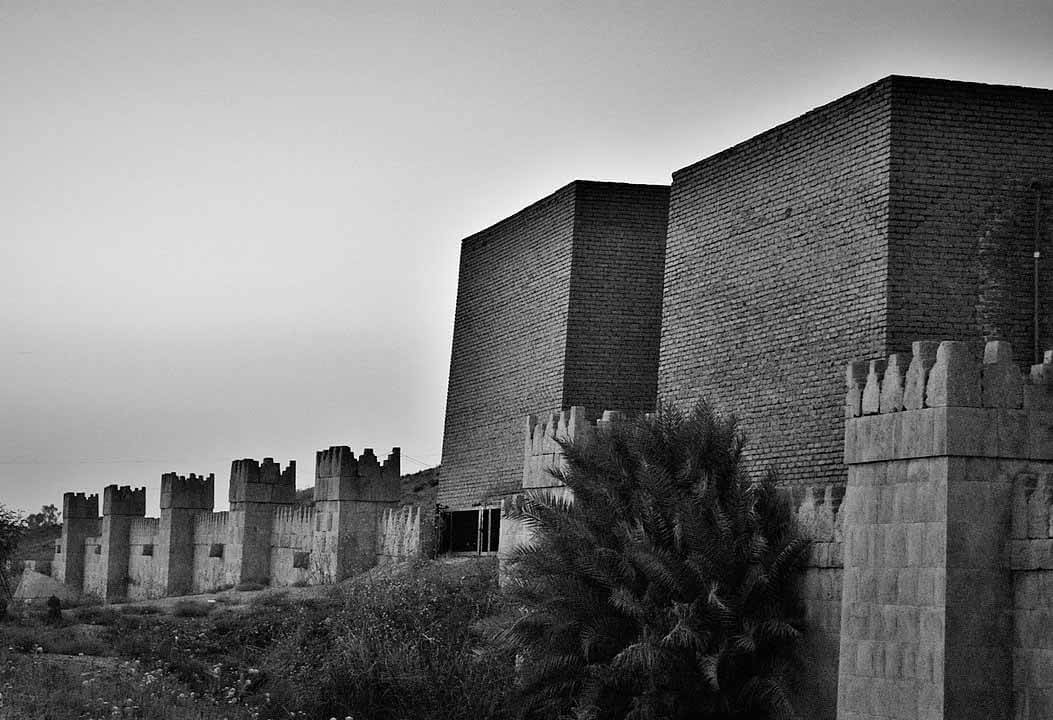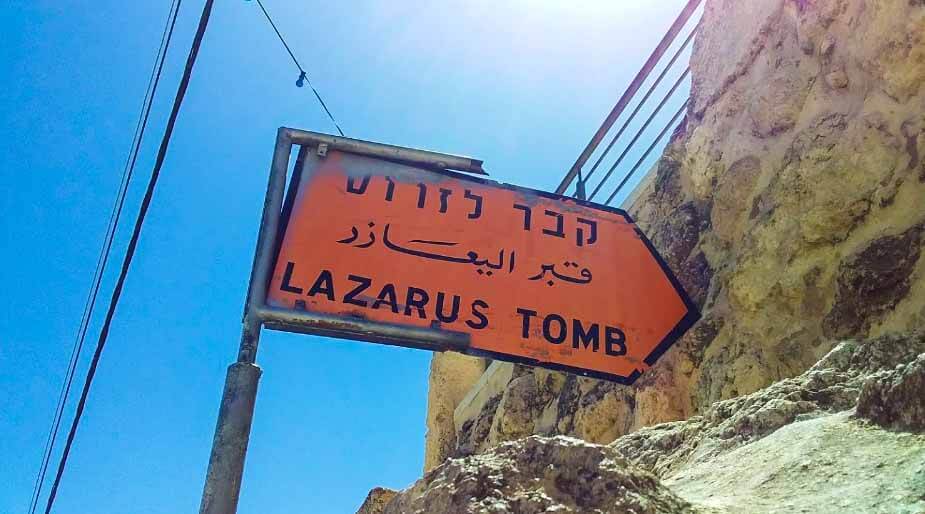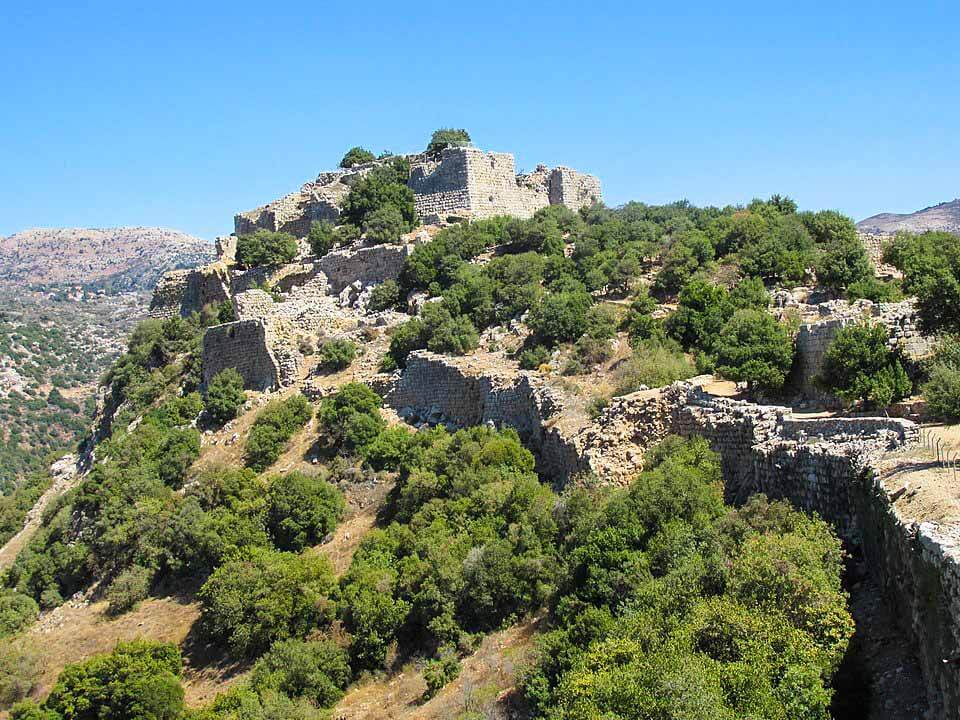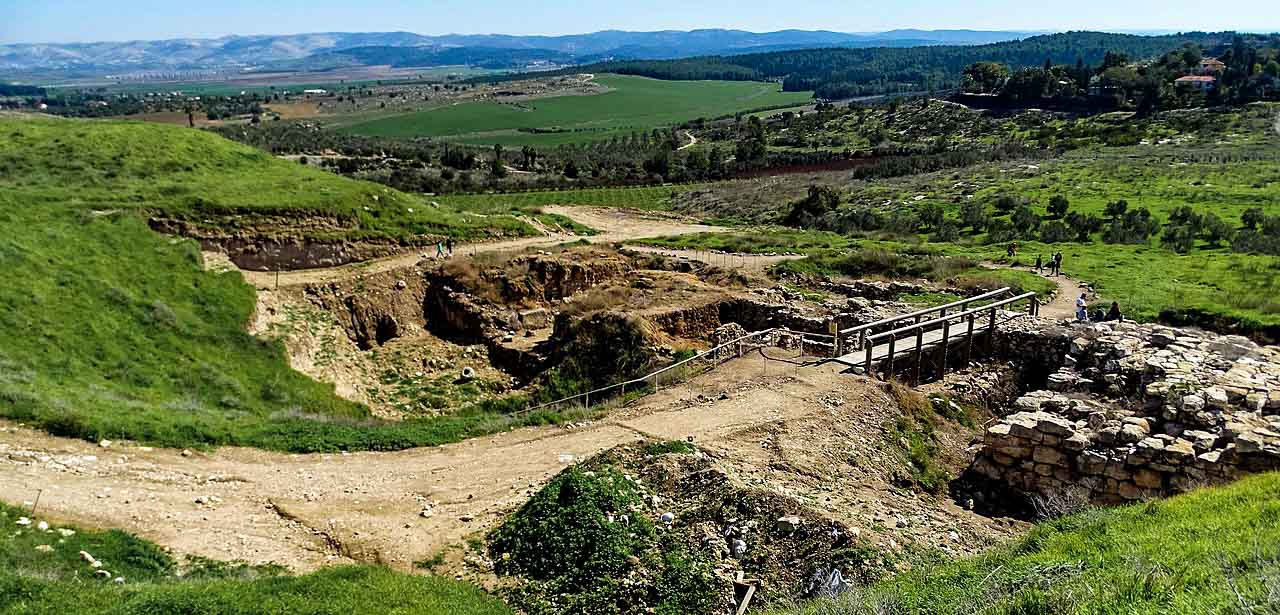Mosul, Iraq
Coordinates: 36.365914, 43.158740
Nineveh was an ancient Assyrian city of Upper Mesopotamia, located on the outskirts of Mosul in modern-day northern Iraq.
It is located on the eastern bank of the Tigris River and was the capital and largest city of the Neo-Assyrian Empire, as well as the largest city in the world for several decades.
It was the largest city in the world for approximately fifty years until the year 612 BC when, after a bitter period of civil war in Assyria, it was sacked by a coalition of its former subject peoples including the Babylonians, Medes, Chaldeans, Persians, Scythians and Cimmerians.
Its ruins lie across the river from the modern-day major city of Mosul, in Iraq’s Nineveh Governorate.
The two main tells, or mound-ruins, within the walls are Tell Kuyunjiq and Tell Nabi Yunus, site of a shrine to Hz. Yunus عليه اسلام, the biblical prophet who preached to Nineveh.
Terrorist Group ISIL occupied the site from 2014 to 2017, during which time they bulldozed several of the monuments there, caused considerable damage to the others and dug 11 deep trenches. Iraqi forces recaptured the area in January 2017.
Battle of Nineveh
The Battle of Nineveh is conventionally dated between 613 and 611 BC, with 612 BC being the most supported date.
Rebelling against the Assyrians, an allied army which combined the forces of Medes and the Babylonians, besieged Nineveh and sacked 750 hectares of what was, at that time, the greatest city in the world.
The fall of Nineveh led to the destruction of the Neo-Assyrian Empire over the next three years as the dominant state in the Ancient Near East.
Archeological records show that the capital of the once mighty Assyrian Empire was extensively de-urbanized and depopulated in the decades and centuries following the battle.
Babylon became the imperial center of Mesopotamia for the first time in over a thousand years, leading to the Neo-Babylonian Empire, claiming imperial continuity as a new dynasty.



